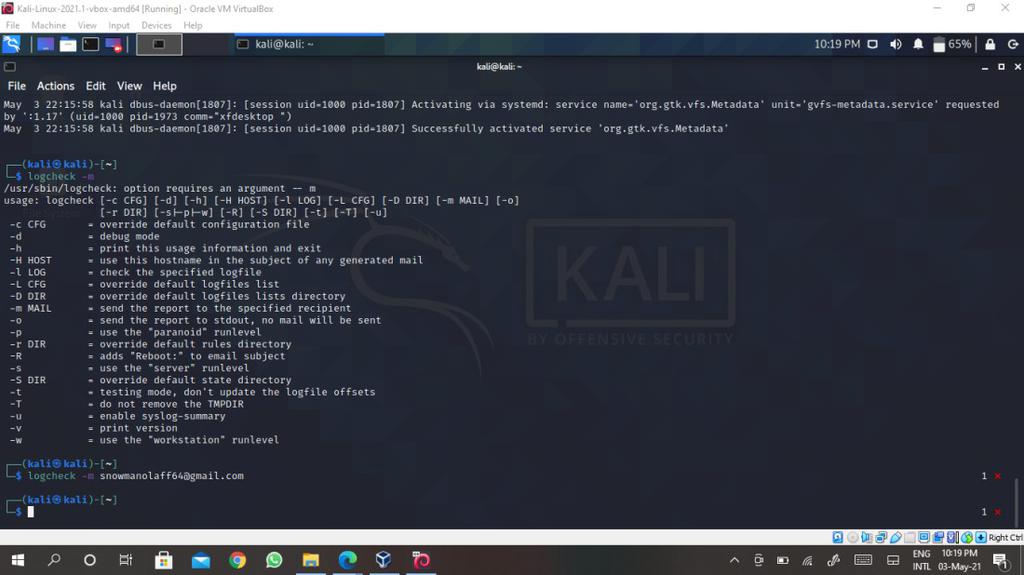

- #LINUX MAIL FILE MONITOR HOW TO#
- #LINUX MAIL FILE MONITOR VERIFICATION#
- #LINUX MAIL FILE MONITOR SOFTWARE#

This can be accomplished by doing the following: Testing the configuration to ensure that e-mails are sentĪfter everything has been setup you can verify that the e-mail alerts are sent and can be received by running mdadm in test mode. Ensure that the file is also marked as executable. Where /etc/raid-events is the file that contains the script listed above. To add an external program simply add the following line to the /etc/nf file: Xmessage "A Test Message has been generated on device" $device Xmessage "A Degraded Array has been detected on device" $device Xmessage "A failure has been detected on spare device" $device Xmessage "A failure has been detected on device" $device # Check event and then popup a window with appropriate message based on event # Events are being passed to xmessage via $1 (events) and $2 (device) NOTE: The following script is for example purposes only and is NOT supported by SUSE. Running an external program when an event occursĪnother option provided with the /etc/nf file is to run an external application when an error is detected.Īn example application could be something as simple as a script that causes messages to popup on the screen when an event occurs. The MAILADDR line could then be added as well. If those sections do not exist a new /etc/nf file can be created by using the following command: NOTE: It has been found that mdadm will not send an e-mail if the DEVICE partitions section does not exist in the /etc/nf file. This command could be added to the /etc/init.d/boot.local so that mdadm ran every time the system was started. Utilizing the /etc/nf would simplify the command line and make it look like this: The lines beginning with # were added for this documentation. The following is an example of an nf file: Using mdadm with the /etc/nf file is very similar to the command line, except that the e-mail address is included in the nf file. Specifying an e-mail address using the nf file
#LINUX MAIL FILE MONITOR VERIFICATION#
Verification that mdadm is running can be verified by typing the following in a terminal window: Mdadm -monitor -scan -daemonize command could be put /etc/init.d/boot.local so that it was loaded every time the system was started.
#LINUX MAIL FILE MONITOR HOW TO#
The following explains the mdadm command and how to set it up so that it will load every time the system is started. Using the command line simply involves including the e-mail address in the command. Specifying an e-mail address using the mdadm command line NOTE: e-mails are only sent when the following events occur:įail, FailSpare, DegradedArray, and TestMessage
#LINUX MAIL FILE MONITOR SOFTWARE#
The setup steps for mdadm are for use after a system has an active software raid setup. This document is not intended to explain software raid setup in SLE Linux. This TID will explain how to use mdadm to monitor and report issues with a software raid configuration in SLE Linux.

Mdadm is a command line utility that can be used to create, manage, and monitor Linux software RAID devices.


 0 kommentar(er)
0 kommentar(er)
